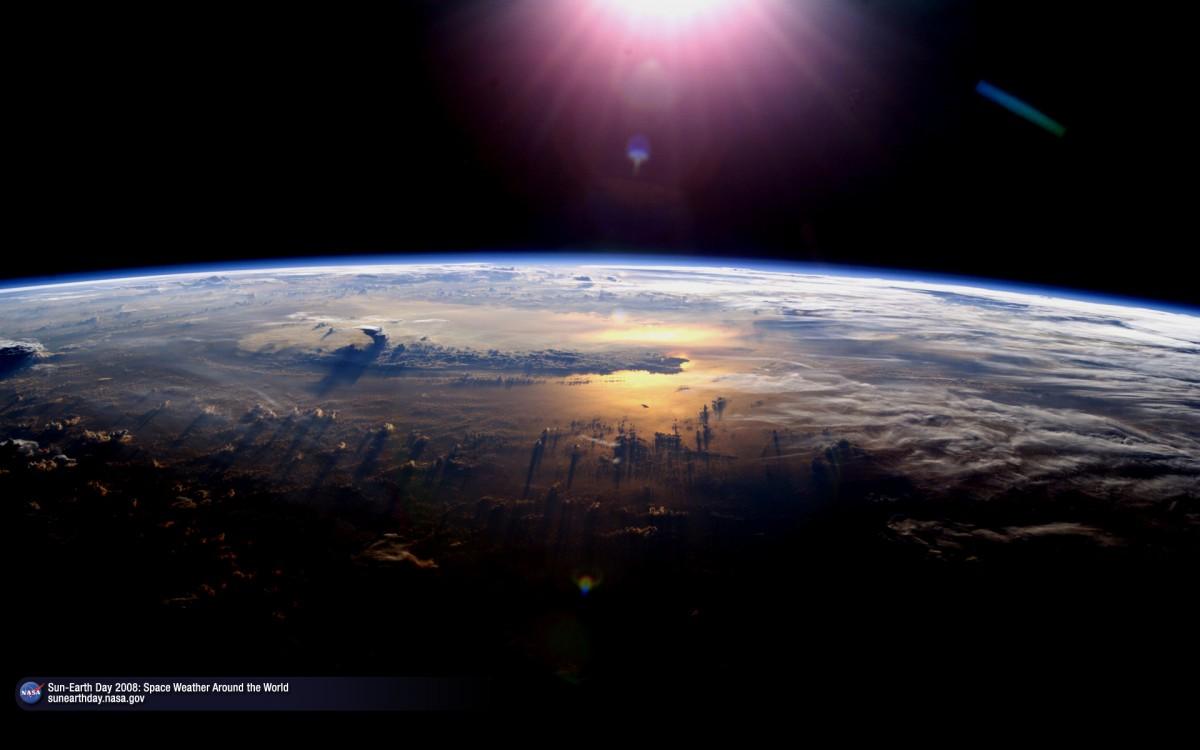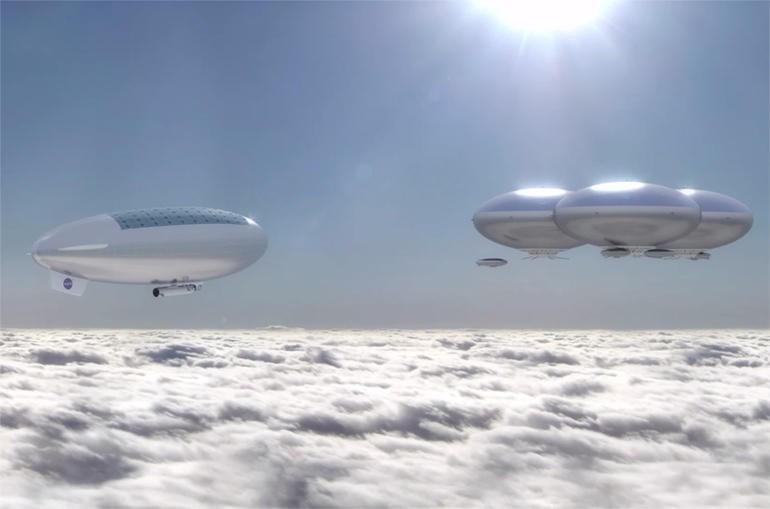Ask Ethan: when will the sun make the earth uninhabitable?

So far, our Earth feels good. Since our Sun was formed about 4.5 billion years ago, our proto-earth was formed in the inner solar system, the collision gave rise to the Earth / Moon couple known to us today, and the combination of initial conditions and late bombardment led to the emergence of oceans and atmosphere. For a period longer than 4 billion years, the Sun was constantly shining, and life began and flourished. But this can not last forever! Will the end of fuel on the sun lead to our extinction? This week we are discussing this question thanks to the reader, who asks:
Is the nuclear energy of the Sun decreasing or is it stable? How much time is left for the existence of life on our planet, if the Sun reduces its nuclear fuel?
If we ignore possible catastrophes initiated by the Earth itself (such as a supervolcano or poisoning of the biosphere) or the Universe as a whole (a strong collision, a sterilizing gamma ray burst or a supernova that flashed nearby), the Sun will eventually destroy all life on Earth.

Chain proton-proton responsible for the production of most of the energy of the sun
Stars such as our Sun work on nuclear fusion: synthesizing from the lightest, most common element of the Universe (hydrogen), the second most light and prevalent element (helium) during a chain reaction. The chain reaction by which the sun generates most of the energy includes:
• Two protons form deuterium, a positron (annihilating with an electron and issuing high-energy protons), neutrino and free energy.
• A deuteron with a proton gives out helium-3, a high-energy photon, and free energy.
• Two helium-3 nuclei merge together to produce helium-4, two free protons and even more free energy.
This is the most common source of energy on the Sun, and in this reaction 0.7% of the initial mass of four protons is converted into energy according to Einstein's E = mc 2 . Every second a huge number of protons, 4 × 10 38 turn into helium-4, emitting about 4 × 10 26 W of energy.

The sun is also huge and massive, and consists of about 10 57 particles. But, despite such huge quantities, the total fuel supply of the Sun is finite, and if you wait long enough, the Sun will burn all its fuel. An even bigger problem is that the Sun does not use all of its hydrogen — only that which is in its core, where temperatures are highest. The very first protons will not participate in the synthesis until you sink to a depth exceeding half the radius, where temperatures exceed 4,000,000 K. And only in the depths of the Sun, where temperatures exceed 10,000,000 K and reach a maximum of 15,000,000 K , 99% of energy is produced.

This means that over time, the innermost parts of the sun will burn all the fuel faster. We can expect, as our reader wrote, that this will mean a gradual decrease in the brightness of the sun. But without these reactions inside the core, the core will actually begin to shrink, and this gravitational compression will release even more energy, which will lead to an increase in temperature. After this, the synthesis will start to go faster and in a larger volume of the Sun than before. In other words, with time, the energy output of the Sun will increase, and this will occur over a period of four billion years!

When the Sun was a newborn star, its energy output was about 75-80% of today. Thanks to the flora, fauna, oceans and the atmosphere of our planet, we were able to adapt to the ever-increasing temperatures of the sun throughout the history of the solar system. But there is a limit to everything: at some point, the brightness of the sun will increase so much that the Earth, being at the same distance from it as it is now, will warm up so much that its oceans will boil. After this, a greenhouse chain reaction, similar to the one that occurred on Venus - where a thick layer of clouds envelops the planet - will happen on Earth, and all life on its surface will disappear.

It is possible that some life forms will exist high in the clouds, and that humanity will be able to figure out how to survive in such conditions, if it still exists. But it will happen long before hydrogen fuel runs out in the core of the Sun. Indeed, our Sun on a period of 5-7 billion years will undergo the following changes:
• Exhausts hydrogen in the core.
• Expands to a very bright star subgiant when hydrogen burns out in a shell around the core.
• It will begin to synthesize helium in the nucleus when the temperature reaches a critical point.
• Expand to red giant.
• As a result, will die, dropping the outer layers, turning them into a planetary nebula, and the core will shrink to a white dwarf.

But after only 1-2 billion years the Sun will become so hot that the oceans will begin to boil. At this point, we will have to find a new home, since the surface of the Earth will become uninhabitable. As a result, this will be the only significant global warming, and the Sun will become much hotter before the large and final freezing of the Solar System occurs. We have already passed most of the time period in which the Earth is inhabited, so it is better to try to take everything possible from the time we have left!
All Articles